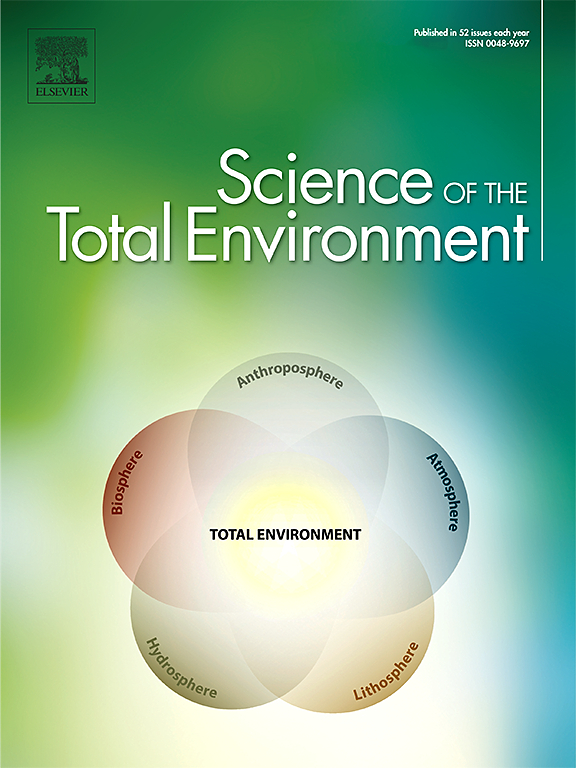Radiological impact of the Fessenheim Nuclear Power Plant decommissioning through prospective Life-Cycle and Risk Assessment approaches
IF 8.2
1区 环境科学与生态学
Q1 ENVIRONMENTAL SCIENCES
引用次数: 0
Abstract
The Fessenheim Nuclear Power Plant (NPP) is the first large-scale plant in France scheduled for decommissioning, set to begin in 2026. Few studies have investigated NPP decommissioning's environmental impacts and especially radiological ones, which have been generally understudied within Life-Cycle Assessment (LCA). This work builds on and complements Électricité de France's (EDF) regulatory Health & Environmental Risk Assessment (HERA) by conducting an LCA following ISO 14040/44 standards, dynamically accounting for atmospheric and freshwater discharges over 15 years. Radiological impacts on human health are estimated using two recently developed Life-Cycle Impact Assessment (LCIA) methods: UCrad, built as a radiological counterpart to USEtox (designed for global averaged results), and CGM, drawing on the analytical modeling of HERA studies (intended for plant-scale assessments in a screening context). At the midpoint level, 3H, 14C, and 60Co are identified as key radionuclides, with varying contribution to total impacts across methods, the Water Metal cutting and Regular exploitation processes being the primary discharge sources. The worst estimate of public total dose is 400 times lower than the French average annual dose. However, comparisons with EDF's results and other HERA studies show CGM's limited current relevance for bridging HERA and LCA due to divergent results. The creation of adapted characterization factors (CFs) for alternative discharge configurations is recommended. Using QGIS software, population data aligned with shared socio-economic pathways (SSPs) enable creation of prospective endpoint-level CFs, allowing comparison between static and prospective UCrad estimates. Neglecting the prospective dimension of NPP decommissioning leads to a 17–21.8 % underestimation of global damages. CGM being site-dependent, population distribution assumptions heavily influence results. Since CGM midpoint impacts seem reasonably interpolated as a function of distance, improvements could involve implementing spatial fits within QGIS to compute representative CGM endpoint impacts, provided an appropriate balance between computation time and spatial resolution is commonly adopted.

求助全文
约1分钟内获得全文
求助全文
来源期刊

Science of the Total Environment
环境科学-环境科学
CiteScore
17.60
自引率
10.20%
发文量
8726
审稿时长
2.4 months
期刊介绍:
The Science of the Total Environment is an international journal dedicated to scientific research on the environment and its interaction with humanity. It covers a wide range of disciplines and seeks to publish innovative, hypothesis-driven, and impactful research that explores the entire environment, including the atmosphere, lithosphere, hydrosphere, biosphere, and anthroposphere.
The journal's updated Aims & Scope emphasizes the importance of interdisciplinary environmental research with broad impact. Priority is given to studies that advance fundamental understanding and explore the interconnectedness of multiple environmental spheres. Field studies are preferred, while laboratory experiments must demonstrate significant methodological advancements or mechanistic insights with direct relevance to the environment.
 求助内容:
求助内容: 应助结果提醒方式:
应助结果提醒方式:


